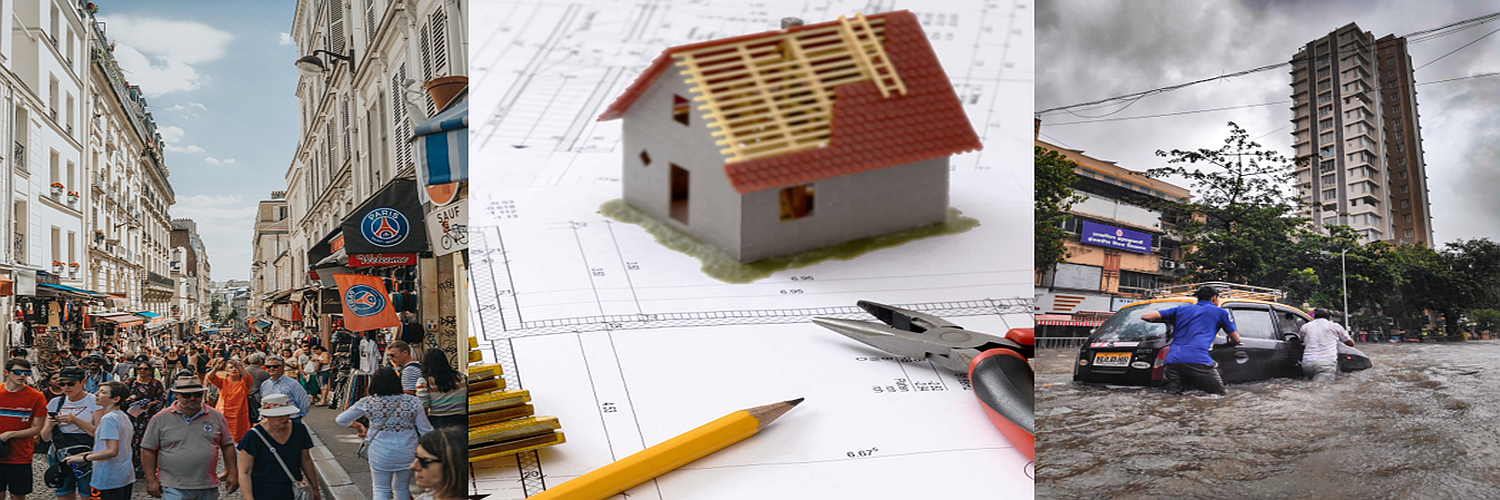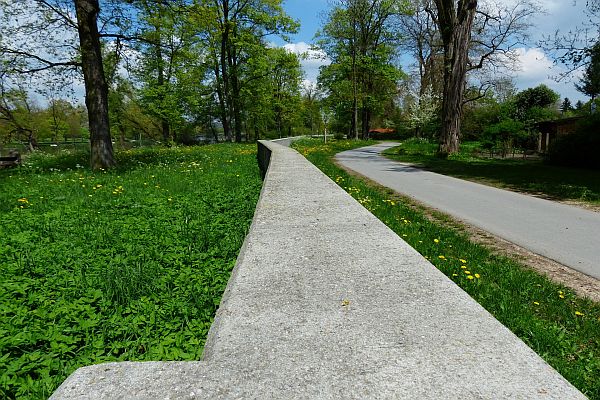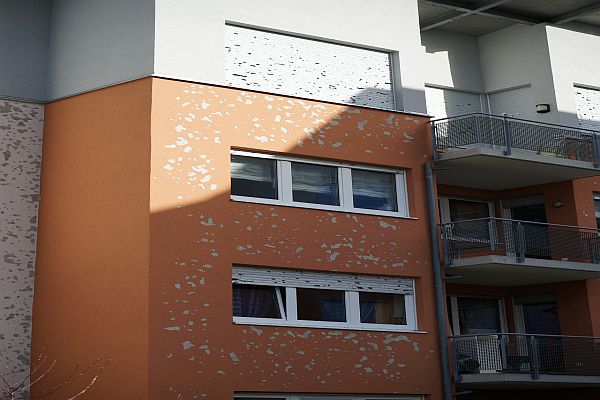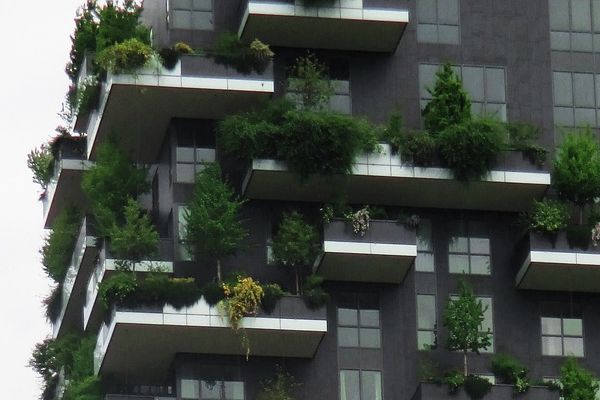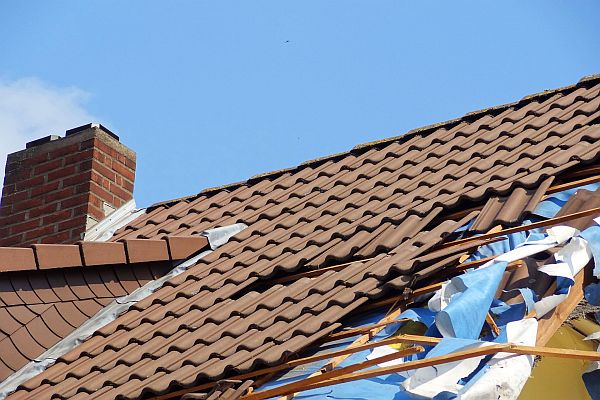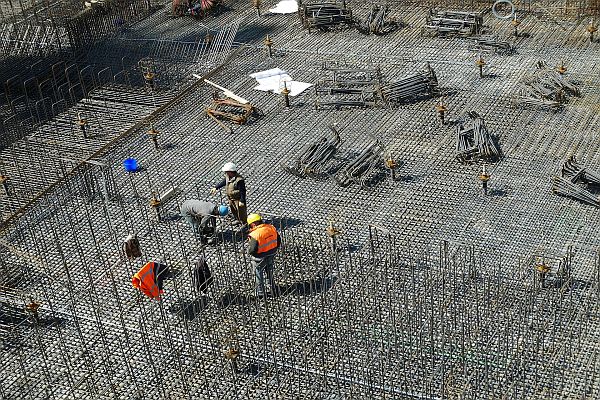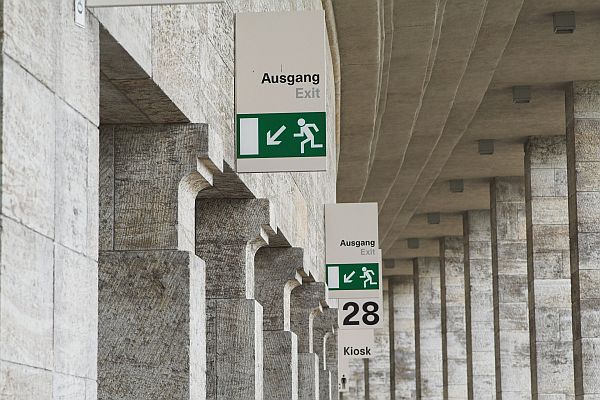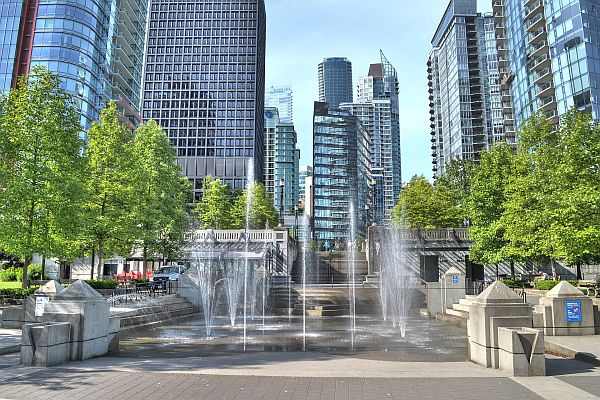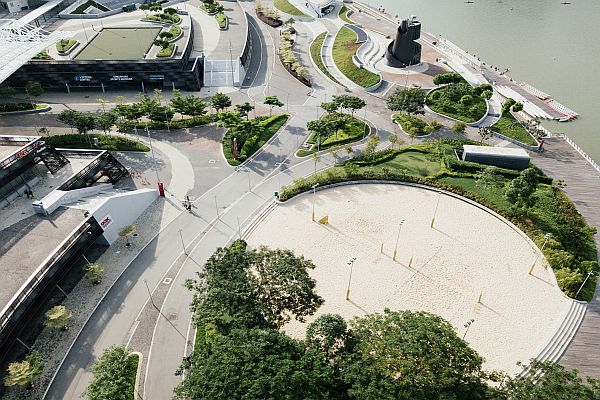Constructional Civil Protection
What is constructional civil protection and how does it work in practice? This page provides a brief overview of the topic and presents the regulatory framework and types of constructional civil protection.
© Unsplash /Pixabay
What is constructional civil protection?
Constructional civil protection includes all structural, technical and organizational measures to prevent the consequences or mitigate the effects of damaging events resulting from natural hazards, technical failure, sabotage or the effects of weapons and represents effective protection of human life, technical facilities and buildings. The focus of the tasks is the protection of persons and therefore the maintenance of the functionality of critical infrastructures (KRITIS and DKKV-Newsletter). The aim of constructional civil protection is to increase the level of protection and resilience through object precautions in the areas of natural hazards, geological hazards, technical hazards, weapons impact as well as the creation and maintenance of protective structures, such as bunkers. (BBK 2023).
According to Prof. Dr. Norbert Gebbeken, the foundation of constructional civil protection is based on the three principles of ” Avoidance, Resistance, Adaptation”. Here, the principle of avoidance refers to the prevention of hazardous situations, for example by designating risk areas in order to prevent settlement or construction in these areas. Resistant construction is intended to ensure the protection of people and property, while adaptation measures to potential natural hazards can reduce the potential for damage (Gebbeken 2021). This makes constructional civil protection an important component of resilient urban development (topic page Resilience).
Relevance and Regulatory basis of constructional civil protection
Why constructional civil protection ?
The intention of constructional civil protection is to protect the population as well as CRITIS from increasing natural and other hazards through various constructional protection measures. Furthermore, added value is to be generated by synergistically activating climate and environmental potentials (multifunctional civil protection). This includes, among other things, the increase of biodiversity, the binding of dust and heavy rain, and the improvement of the microclimate. All these potentials are to be realized by strategies of constructional civil protection (Schüttrumpf 2020).
However, these goals can only be achieved through interdisciplinary cooperation between the different stakeholders (public and private) in civil protection. Synergies must be created to design a holistic integrative approach that covers all areas of disaster management (Gebbeken 2016).
Who is responsible for this ?
In Germany, the responsibility for disaster management and therefore also for the regulation and design of constructional civil protection belongs to the federal states (BBK 2023).According to § 2 (3) and (4) SGV NRW, the relevant federal state and its associated districts are responsible for disaster control in the case of North Rhine-Westphalia. Furthermore, according to § 41 SGV NRW, everyone is responsible for directing his or her behaviour in such a way that people and considerable material property are not endangered, so that both the federal states and private actors must become active in constructional civil protection.
Types of constructional civil protection
In addition to prevention of natural hazards, the field of structural civil protection also includes preventive measures against geological, technical, and terrorist hazards, as well as the construction of shelters and protective structures. Here, both the legislator and private individuals can take measures, which are presented below as examples.
Natural hazards
Particularly against the backdrop of progressive climate change, extreme weather events such as heat and cold, storms, hail, floods and heavy rain will occur more frequently in the future, exposing a greater proportion of people and material assets to natural hazards. Therefore, adaptation measures are needed to be prepared for these scenarios (BNB 2017).
(Source: Pixabay)
Heavy rain and floods
The potential for damage can already be minimized by structural measures, such as the elevation of entrance areas in relation to the surrounding terrain or the installation of backwater protection and door thresholds (BBK 2023). (Further information on heavy rainfall precautions can be found here: Link to the topic page on heavy rainfall). Preventive flood protection can be achieved, among other things, by using appropriately waterproof building materials and components for walls, floors, windows, and doors. To maintain supplies and prevent environmental damage, heating oil and gas tanks should be placed on upper floors or at least anchored to prevent uplift (BBK 2023). The implementation of hillslope protection, water retention basins, settlement bans, improved advance warning systems, etc., can additionally protect both buildings and the people and animals inside them (Gebbeken 2009).
(Source: Pixabay)
Severe weather (thunderstorms, hail, snow)
Thunderstorms occur more frequently during hot weather periods and/or in combination with extreme precipitation events such as hail. During thunderstorms, for example, the installation of lightning protection systems helps. Damage due to hailstorms can be minimised by using hail-resistant building materials, hail grids or through gravel filling and roof greening. Roofs should be equipped with snow grids so that people are not endangered by roof avalanches (BBK 2023).
(Source: Pixabay)
Heat and Cold
Extreme heat and cold can stress both people and the building fabric. Measures such as greening buildings should be used to regulate heat, and construction materials with sufficient storage mass should be applied. Furthermore, attention must be paid to providing enough thermal insulation and isolating water and heating pipes to be able to maintain the supply (BBK 2023)
(Source: Pixabay)
Storm
During storm events, the stability of roof structures and buildings of lightweight construction can be improved by firmly anchoring them to the masonry and foundation using anchors, screws, or metal straps. Roof tiles should be secured with storm clips (BBK 2023).
Geological hazards
In the case of gravitational or tectonic hazards such as landslides, rockslides, rockfall and earthquakes, people and infrastructure can be protected by structural measures. This includes, above all, the use of reinforced concrete walls with a certain thickness to ensure the statics of buildings. Additional protection can be provided by anchoring in solid soil layers. Furthermore, buildings in endangered areas should be planned symmetrically and compactly (BBK 2023).
Solid reinforced concrete walls and compact construction can ensure the stability of buildings in the event of geological hazards.
(Foto: Pixabay)
Technical Hazards
TTechnical hazards are often caused (intentionally or unintentionally) by human failure. This can, for example, lead to the outbreak of fires, so that fire protection measures must already be considered during the planning of buildings (BBK 2023).
Fire protection measures, such as escape routes, should already be taken into account when planning buildings
(Foto: Pixabay)
Danger through weapons and terrorism
Terrorist events in connection with explosives, firearms or crossing acts represent a danger to people and the environment. In case of such an event, the use of damping layers in concrete or fibre composites in masonry can serve as a precautionary measure(BBK 2023). However, since these events are relatively rare, it makes sense to erect multifunctional protective structures that, in addition to the protective effect, also have, for example, an added urban development value. Furthermore, “security” should be considered from the very beginning, e.g., through the concept of security-by-design
(European Union 2022).
(Source: Pixabay)
Outlook
The implementation of constructional civil protection methods must be increasingly integrated into the construction projects of public and private actors today and in the future to be prepared for the consequences of recent climate change, among other things, and be able to become a more resilient society. In addition, this will enable a better response to sudden and unexpected events such as heavy rainfall, earthquakes, or terrorist attacks. As these extreme events are rather rare and difficult to predict, future-oriented concepts such as multifunctional retention areas or security-by-design approaches can offer a possible solution. They include aspects of structural civil protection as well as elements for social, economic, and ecological added value.
Source: Pixabay
Security By Design
“The basic principles of the ” Security by Design” concept – proportionality, multifunctionality, stakeholder collaboration and aesthetics – ensure that security is better integrated into the built urban environment. Therefore, security solutions designed according to this concept will be better integrated, more effective, more cost-efficient and more socially acceptable.”(European Union 2022).
Source: Unsplash
Multifunctional retention areas
Multifunctional retention areas – In the future, cities and municipalities will increasingly have to deal with the task of flood prevention, whereby the multifunctional use of open spaces as urban retention areas can be a possible building block. In the event of an emergency, these areas should be used as emergency flooding areas to limit damage caused by heavy rainfall events.
Created: Mai 2023
Links
Links
Flood Check
climate-adapted construction
Publications
- Umeltbundesamt (2023): Adaptation Standard: Diskussion des Anpassungsbedarfs ausgewählter Normen und Richtlinien bezüglich Folgen des Klimawandels
- Gebbeken (2009): Katastrophenhilfe – mögliche Aufgaben von Ingenieuren des konstruktiven Ingenieurbaus
- Gebbeken et al. (2016): Risikobewertung und Schutz von baulichen Infrastrukturen bei Hochwassergefahr
- European Union (2022): Security by Design: Protection of public spaces from terrorist attacks
Current Information
No Results Found
The page you requested could not be found. Try refining your search, or use the navigation above to locate the post.


